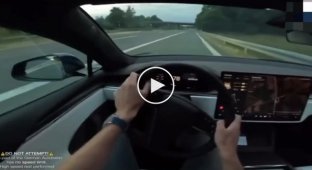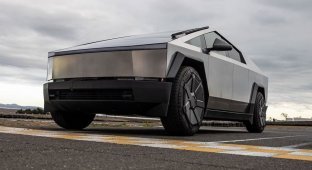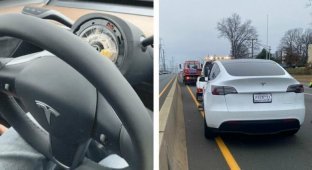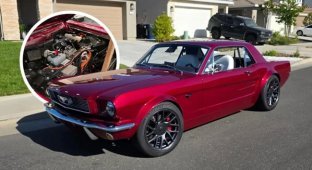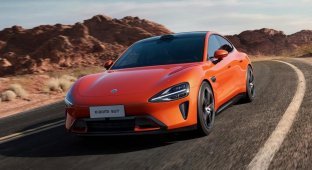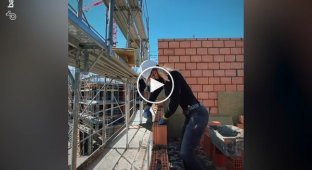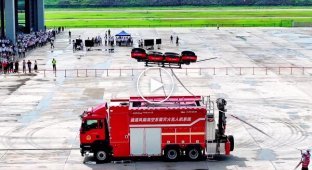Tesla cut features and introduced affordable Model 3 and Model Y. They became $5,000 cheaper (3 photos)
Since Tesla abandoned plans to create an all-new, affordable electric vehicle on a new platform, the public was offered stripped-down Model 3 and Model Y trims, with prices in the US starting at $36,990 and $39,990, respectively, excluding fees and delivery. 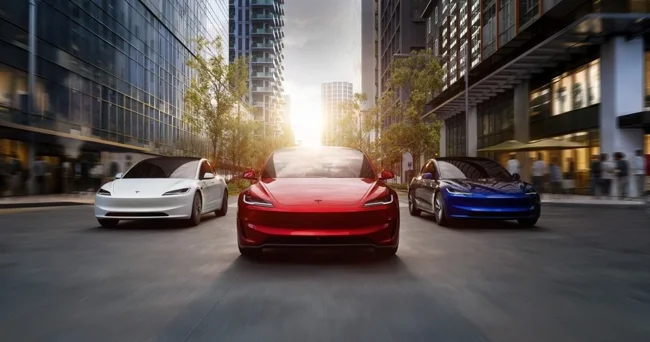
The irony is that as recently as late September, more fully equipped Model 3 and Model Y trims were available in the US for $1,500 to $2,000 less, as some buyers were eligible for a $7,500 federal tax credit. In any case, the most expensive versions of the Model 3 and Model Y now cost $42,500 and $45,000, respectively, making the new trims the most affordable to date.
The stripped-down Tesla Model Y has been the most actively discussed by industry sources so far, as it was first spotted at Tesla's testing facility with camouflage overlays, and images without them leaked to the press shortly before the premiere. A distinctive feature of the most basic Model Y, when viewed from the front and rear, is its simplified lighting system. In the former, the LED strip connecting the headlights is completely absent, while in the latter, a narrower red reflector is positioned between the headlights in place of the wider LED section.
The car can also be identified by its 18-inch wheels with a different design, a simplified interior console without a storage compartment, fewer speakers (7 versus 15, minus the subwoofer), and the lack of ambient interior lighting. Furthermore, the small display at the end of the center console for rear passengers is missing. Finally, both models are equipped with a more modest 69 kWh battery and are rear-wheel drive only, thanks to a single electric motor. Finally, the new models don't offer a wide variety of exterior colors. While gray is available for free, white will set you back an additional $1,000, and black will set you back a full $1,500. 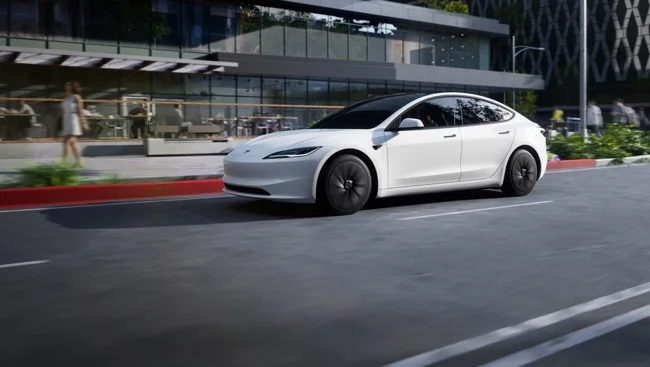
The performance of the electric vehicles and charging speed have decreased slightly, but not significantly. The base Model Y has a range of 514 km (323 mi) on a single charge, reaches a top speed of 200 km/h (124 mph), and accelerates from 0 to 60 mph (0-100 km/h) in about 6.8 seconds. The Tesla Model 3 Standard has the same top speed and range, but accelerates from 0 to 60 mph (0-100 km/h) in about 5.8 seconds. The base Model Y also lacks the option to power external loads via a special adapter installed in the electric vehicle's charging port.
The glass roof remains on both the Model 3 and Model Y, but the latter is covered from the inside by default. Tesla didn't skimp on USB ports and wireless smartphone charging pads, power seats (though the number of adjustments is limited), illuminated door panels and passenger footwells, and even the most basic Tesla electric vehicles feature a power tailgate. The range of active safety features hasn't been cut, but some of them typically require an extra fee. It's worth noting that the range of relevant safety features is constantly changing depending on the latest onboard software version, so it can be expanded or reduced. In any case, the Standard trim level cars don't have the automatic lane-keeping steering (Autosteer) feature by default. 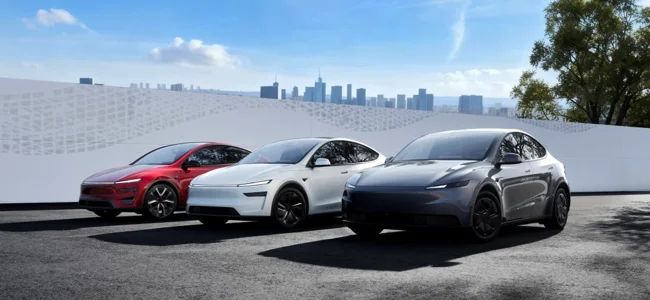
Standard versions of both models are available to order in the US now, but the first owners won't receive them until December of this year. Notably, the 15.4-inch central display not only allows for touchscreen operation but also interaction with xAI's Grok voice assistant via built-in microphones. Residents of cold climates will appreciate the heated front seats and steering wheel in the base models. The suspension has also been simplified, and there are no power mirrors or ambient lighting when opening the doors. Following a not-so-satisfactory tradition in recent years, Standard models do not have an analog AM/FM radio. The steering wheel is manually adjustable, and the interior upholstery is a combination of fabric and faux leather. The climate control system does not include a HEPA filter, which has been replaced with a conventional one. The rear air vents are manually adjusted, rather than via the touchscreen display, as in higher-end models. The second-row seatbacks also fold manually, rather than power-folding, and the seats lack seat heating, although the front row retains it.
At only $5,000 lower than the more expensive Model 3 and Model Y, analysts predict the new Standard versions will allow Tesla to boost sales of all electric vehicles next year to 1.85 million, but they won't have a positive impact on declining sales this year. Overall, these aren't measures that would radically change the EV market outside of China, nor are they even the strongest incentive to revive demand for Tesla products themselves.












